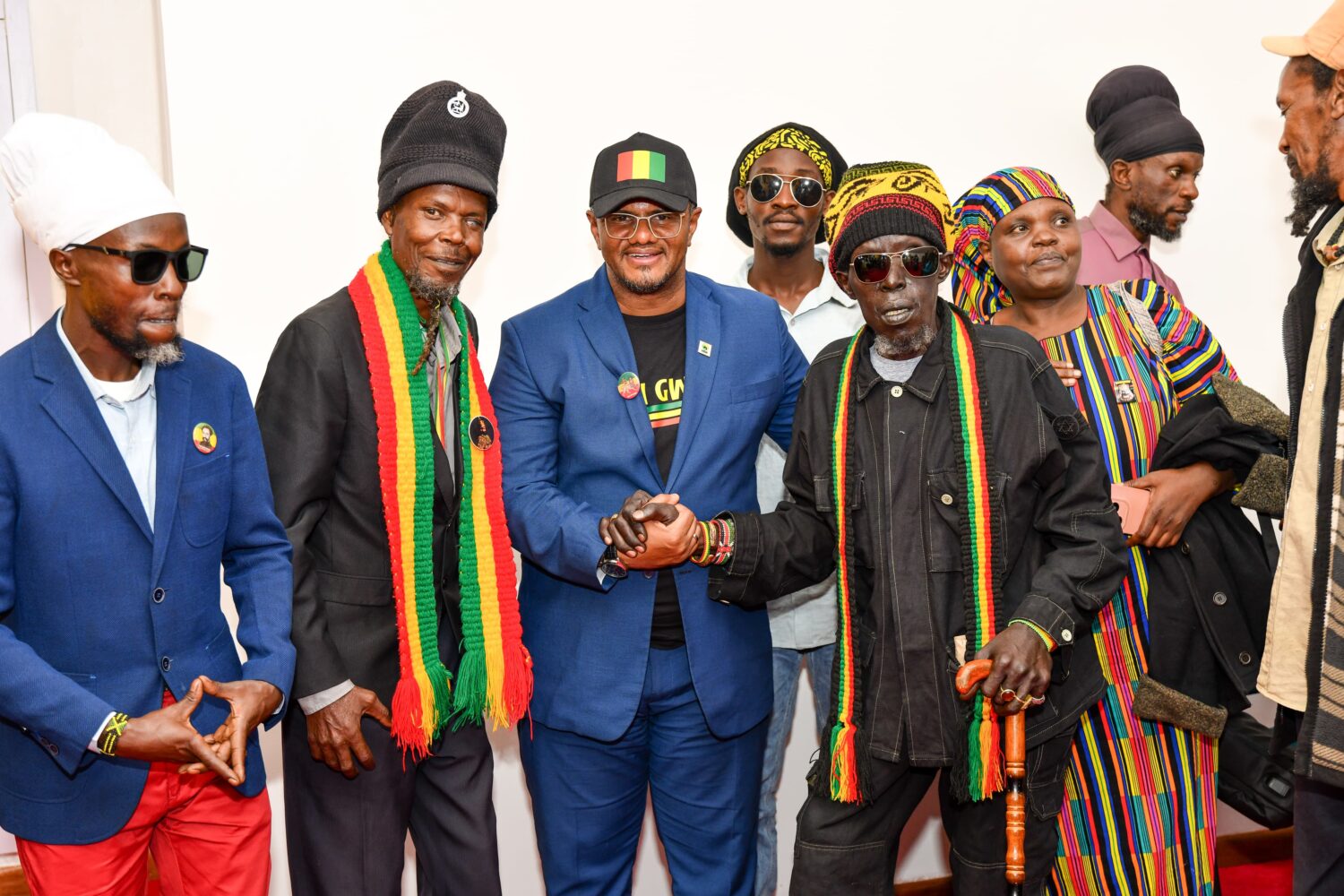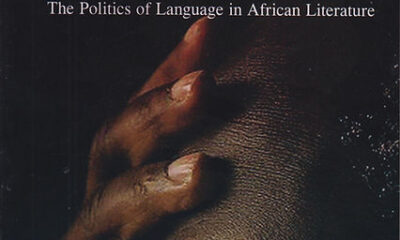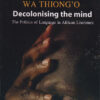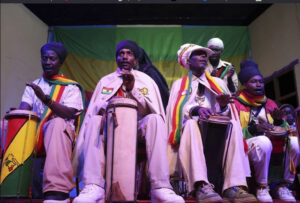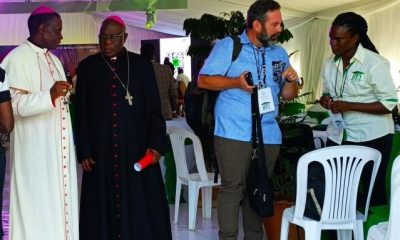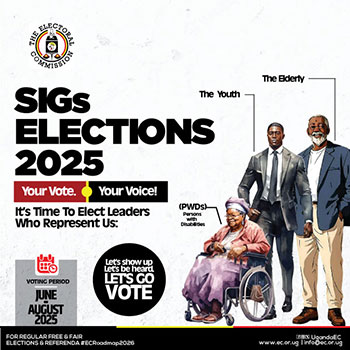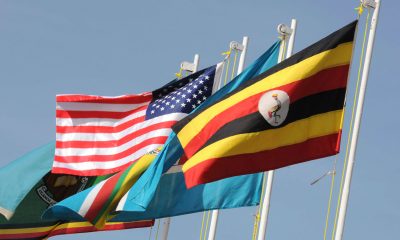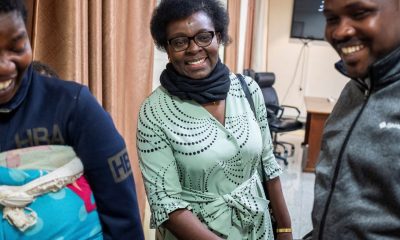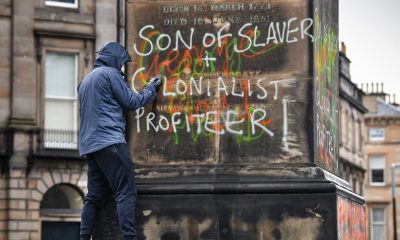Faith
Rastafari Movement Gains Ground in Kenya Amid Growing Recognition and Youth Appeal
A rare gathering in a humble tabernacle—built with wooden poles and roofed with iron sheets—has highlighted the slow but steady growth of the Rastafari movement in Kenya. Members of this congregation say the event reflects an expanding community that is increasingly visible across the country.
Kenya only formally recognised Rastafari as a legitimate religion in recent years, following a landmark legal case. In 2019, a schoolgirl was expelled for refusing to cut her dreadlocks, a symbol of her faith. The High Court, later upheld by the Supreme Court, ruled that Rastafari was a legitimate religion deserving protection, setting a precedent for religious freedom in the country.
Rastafarianism traces its origins to 1930, with the coronation of Ethiopia’s Ras Tafari Mekonnen as Emperor Haile Selassie I. Followers believe Selassie was the final incarnation of the biblical Jesus, viewing Ethiopia as a symbol of unbroken resistance against colonisers. Although Selassie was removed from power in a 1974 coup and died a year later, the movement he inspired has endured and spread globally, from the United States to Ghana.
In Kenya, Rastafari congregations are organised under three main “mansions” or branches: Nyahbinghi, Bobo Ashanti, and The Twelve Tribes of Israel. These mansions represent smaller groups that worship in semi-permanent structures, often constructed from poles and iron sheets.
For many Kenyans, joining Rastafari represents both a spiritual journey and a reclamation of African identity. Fedrick Wangai, 26, explained his personal connection to the movement: “I grew up in a Christian foundation, which led me to question the faith because it was made by the white man who colonised my forefathers. Growing up, religion brought division to Black people. Rastafari helped me reconnect with my roots and spirituality.”
Christine Wanjiru, another member, described the historical challenges faced by the community. “Most people never saw Rastafari as a spiritual path. We faced trials and discrimination from family, government, and even law enforcement. Jobs were hard to find, and social acceptance was minimal. But today, Rastafari is better recognised, and more brethren have embraced this light.”
Despite progress, misconceptions persist. Across East Africa, Rastafarians are often stereotyped as lazy or associated solely with marijuana use, known in the movement as ganja, which plays a role in religious ceremonies. Ng’ang’a Njuguna, a Rastafari elder from Nyahbinghi Mansion, emphasises that the movement is “not a religion per se but a spiritual way of life.” He explained, “We connect with nature, animals, and every living being. Rastafari is about growing spiritually, not just following rules set by religion.”
The movement’s values, lifestyle, and art have resonated strongly with younger generations. Njuguna observed that many youths today are drawn to Rastafari’s philosophy and practices, seeing it as a continuation of the struggles and ideals of their forebears. “Those aged around 20 are like the fourth generation, seeking a positive path. Rastafari offers them that connection, spirituality, and way of life.”
While Kenya remains predominantly Christian and Muslim, the Rastafari movement is steadily carving out a visible space. Its appeal lies not just in its distinctive appearance or music, famously associated with reggae icon Bob Marley, but in its message of peace, anti-oppression, and spiritual awakening. For Kenyan Rastafarians, the journey is both deeply personal and a growing testament to the country’s expanding acceptance of religious diversity.
Comments



